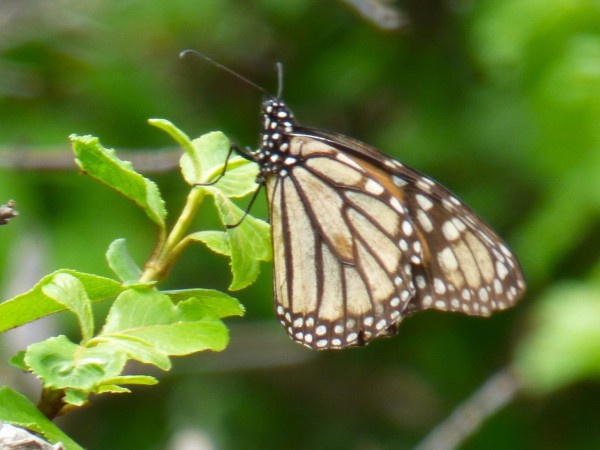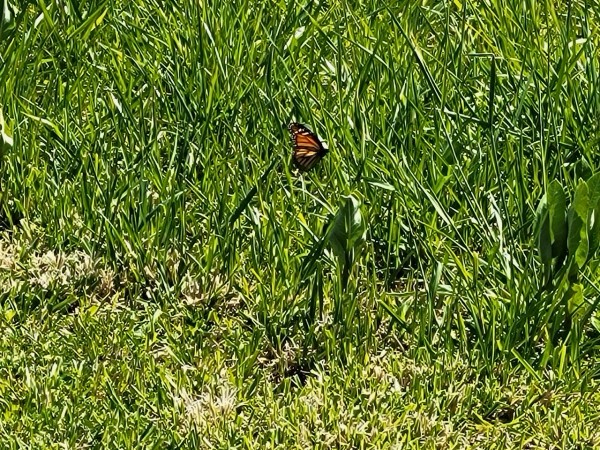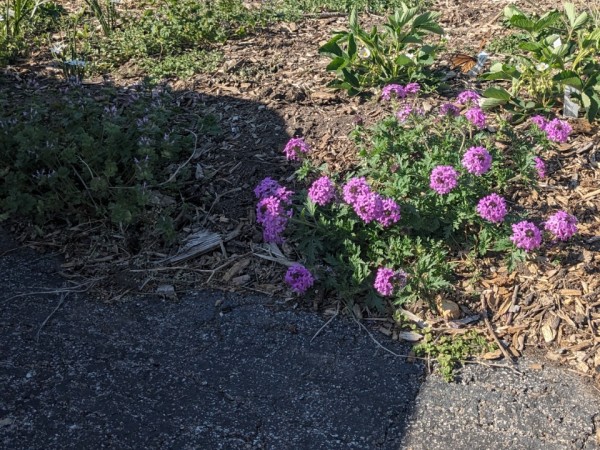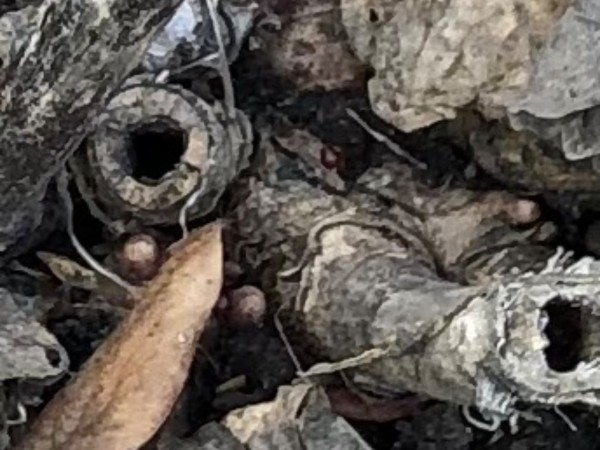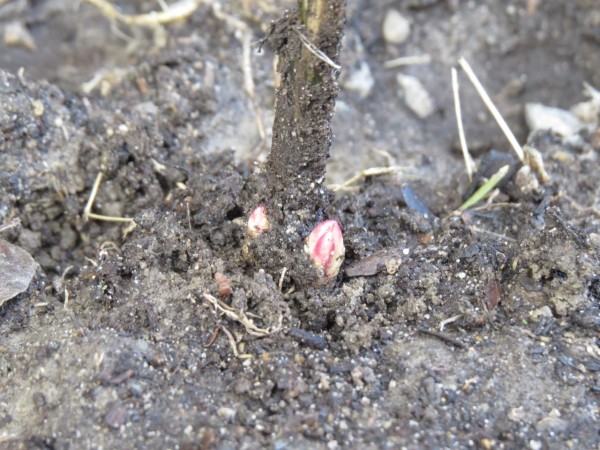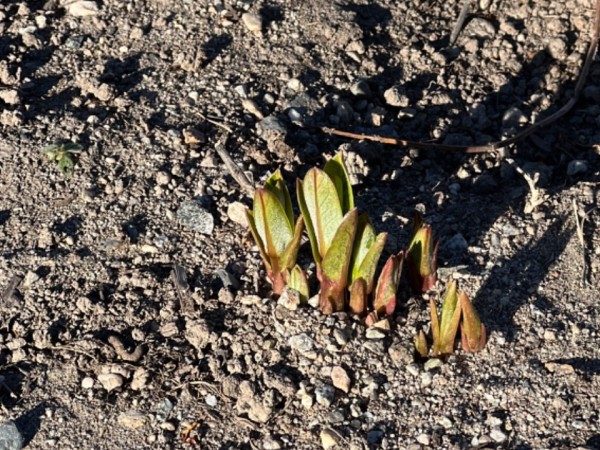2024 Spring Eastern Monarch Report #2:Monarch Firsts!
Watch for Monarchs
Monarchs from overwintering populations are nearing the end and their offspring are beginning to advance into summer breeding territories. With May just a few days away, migratory activity will accelerate over the coming weeks. Be on the lookout and report your monarch observations to Journey North.
Leading Edge
Spring blossoms and monarchs! Across the United States, Journey North observers eagerly anticipate the arrival of monarch butterflies. This year, observers from various corners of the country have reported first sightings, offering glimpses into the early stages of this awe-inspiring journey. The leading edge appears to be holding at Latitude: 38.957, Longitude: -95.227. But with warmer weather projected for the next few weeks, get ready for monarchs to appear in your garden.
Along the East Coast
In Virginia Beach, Tracy was taken aback by the sight of an old and tattered female monarch gracefully laying eggs. Despite the lack of a picture, the significance of the encounter resonated deeply.
Further south in Marshall, Virginia, Tess stumbled upon a very early sighting of a monarch foraging among native flowers not once, but twice in a single day.
Catching the Action in the Mid-West
In Hesston, Kansas, Linda's observation of a lone monarch making a brief stop amidst partly cloudy skies marked an early arrival, prompting reflections on the warmer weather preceding its visit. Keith's sighting in Columbia, Illinois and Angela's discovery in Lawrence, Kansas each added to the growing narrative of monarch activity in the Midwest. Whether it was a male monarch on native rose verbena or a faded and tattered monarch laying eggs on common milkweed, these encounters painted a picture of where monarchs are during the spring migration.
Next Generation
The monarch's journey north continues as sightings of eggs and larvae increase in number. The next generations of monarchs continue the migration north. Michelle in Nevada, Missouri, and Jessica in Friendsville, Illinois, each reported monarch eggs, with Michelle's monarch also taking nectar from zinnias—a testament to the monarch's need for abundance nectaring resources in addition to milkweed.
But it wasn't just eggs—larvae sightings added another layer of excitement. Grace in Chapel Hill, North Carolina, and Sandra in Mounds, Oklahoma, both observed multiple larvae on milkweed plants, signaling the continuation of the monarch life cycle.
In Chelsea, Alabama, Larry's observation of a female monarch laying eggs for six consecutive days before departing highlighted the dedication of these creatures to their offspring and the journey ahead.
Good News For Advancing Monarchs: Milkweed Plants Emerging in Canada
Amidst the office buildings, gardens, and prairies, spring is unfolding. Milkweed plants are emerging across the United States and Canada.
In the vast expanse of the Canadian prairies, Russell, in Saskatoon, Saskatchewan, witnessed the first tentative tips of Showy Milkweed spikes emerging, a quiet but significant milestone in nature's phenological calendar.
In Whitby, Ontario, Edward patiently watched over an emerging milkweed plant. Despite a hesitant start, with a bud timidly emerging on April 10th, the cool weather slowed its growth.
Meanwhile, on the western edge of British Columbia, Grant marveled at the early emergence of showy milkweed, its delicate blooms unfurling two weeks ahead of the previous year.
In Beacon, New York, Adrienne noticed something stirring beneath the garden mulch, a tender shoot peeking through, signaling the awakening of nature in the heart of spring.
Venturing to Moose Lake, Minnesota, Cassandra's keen eye caught sight of a majestic moose, a symbol of the wildness still thriving amidst changing landscapes.
Keep reporting milkweed emergence in your location.
Keep Reporting
As monarchs continue their northward migration, these early sightings are awe-inspiring spectacle that lies ahead—a journey woven with wonder, resilience, and the unyielding spirit of nature.

